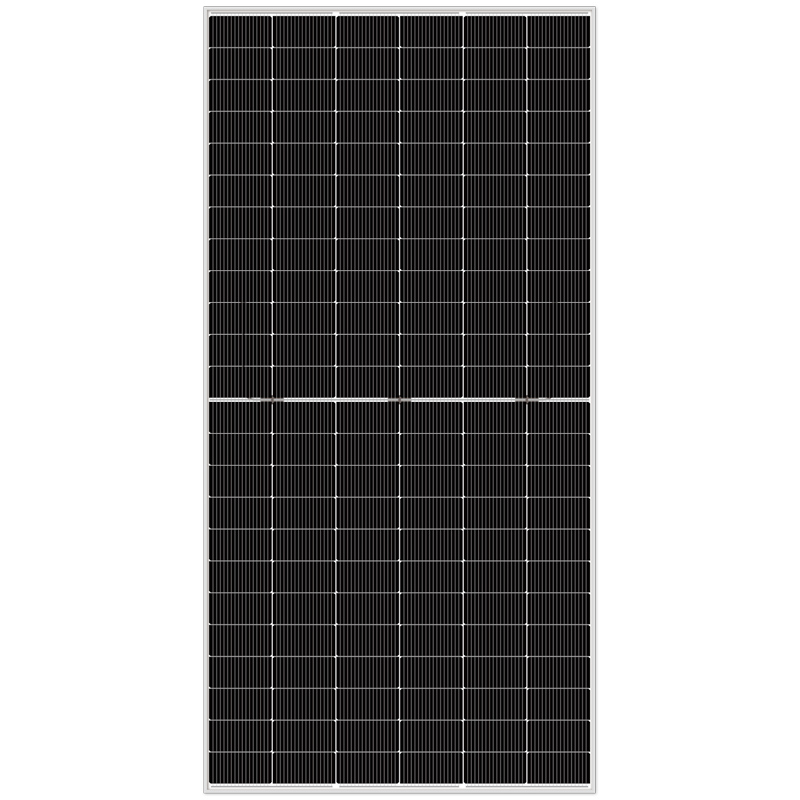Should you install a solar carport?
By now, rooftop solar panel arrays are a familiar sight in residential neighborhoods and on various properties. However, one form of solar setup is gaining prominence due to its innovative design: solar carports. As the name suggests, solar carports are structures that combine the functionality of a carport with the energy-generating capability of solar panels. These structures enable owners to generate electricity that can be used immediately, stored for later use, or even sold back to the grid. Solar carports not only provide a practical shelter for vehicles but also harness renewable energy, making them an attractive and sustainable addition to any property. We’ll break down what you need to know about installing a solar carport.

Comparing commercial and residential carports
To date, solar carports have found significantly more application in the U.S. commercial sector than in residential markets. Businesses have enthusiastically adopted the installation of expansive solar canopies over their parking lots, leveraging the vast expanse of space to generate renewable energy. These installations not only contribute to reducing the carbon footprint of the companies but also serve as a visible commitment to sustainability.
Both commercial and residential solar canopies come in a wide variety of layouts and sizes to suit different needs. Depending on the number of parking rows required, a photovoltaic carport is generally built to be one, two, or three rows wide. In contrast, solar parking lots can extend over dozens of rows, transforming what would otherwise be an open stretch of pavement into a substantial electricity generator.
Beyond the differences in size, one of the principal variations in solar carport construction lies in the angle of the solar panels. Panels can be installed in several configurations: they can be angled upwards in a single direction to maximize sun exposure, angled and curved in one direction leading to a flat surface, or very slightly angled to the point of appearing flat. This latter design is often chosen to provide shading and coverage for a larger number of parked vehicles. Each configuration serves a specific purpose, from optimizing energy collection to enhancing the aesthetic and practical aspects of the installation.
Whether for a commercial enterprise or a private residence, a solar carport offers a multifaceted solution, combining the benefits of renewable energy generation with the practical advantage of protected parking.

How does a solar carport compare to a rooftop solar panel installation
It is commonly assumed that versatile solutions such as solar carports and ground-mounted systems are intended only for homeowners who cannot install rooftop solar panels. However, the reality is that these alternative options often present a more logical choice for many homeowners due to a variety of factors.
With solar carports, issues related to roof angle, orientation, and size are effectively resolved. The solar panels become the “roof” of the structure, and the supporting metal poles can be positioned according to the optimal array size and angle, ensuring maximum sunlight exposure. In contrast, rooftop solar installations can pose challenges for homeowners trying to install a sufficiently large system, especially if their roofs lack the appropriate space or suffer from obstructions like chimneys, skylights, or shading from nearby trees and buildings.
Ground-mount solar systems and solar canopies alleviate these spatial limitations. Ground-mounted solar panels can be installed in any suitable, unshaded area of the property, providing flexibility that is not available with rooftop installations. Similarly, solar carports rarely encounter space constraints, as they are designed to integrate seamlessly over parking areas, which are typically open and spacious. This adaptability means that homeowners can tailor their solar installations to meet their energy needs without being constrained by the limitations of their roof.
How does a solar carport work?
Solar carports function based on the same principles as more common types of solar arrays, such as those installed on rooftops or mounted on the ground. Like other solar installations, solar carports convert sunlight into electricity, but they offer a unique benefit: they can be custom-built to fit the specific needs of the location. In many instances, it’s possible to retrofit an existing structure with solar panels, provided that a professional installer confirms it meets the necessary structural and safety criteria.
One of the most significant advantages that solar carports have over traditional roof-mounted solar energy systems is the flexibility in orientation. Unlike rooftop installations, which are limited to the fixed angle of the roof, solar carports can be designed to face the optimal direction and tilt angle to maximize sunlight exposure. This means that with a solar carport, you may be able to generate more energy using the same number of solar panels compared to a pitched roof setup, as the angle can be adjusted to capture the maximum amount of sunlight throughout the day.
This flexibility not only enhances the efficiency of the solar energy system but also provides additional benefits, such as protection for vehicles from the elements and the potential for integrating convenient features like electric vehicle charging stations. Therefore, solar carports represent a versatile and efficient solution for generating renewable energy, especially in locations where rooftop space is limited or where maximizing solar yield is a priority.
Solar carport for home
For homeowners, the primary benefit of a solar carport lies in utilizing space that would otherwise remain unused, while simultaneously generating additional power to support their household energy needs. By adding solar panels to an existing structure, such as a carport, homeowners can undertake a popular retrofit that not only enhances the property’s sustainability but also increases its market value. Constructing a new solar carport represents another avenue for adding value and functionality to a home, all without the considerable expense and effort associated with building a new garage. This innovative approach to renewable energy integration offers a practical and cost-effective solution for those looking to leverage solar power and improve the overall efficiency and appeal of their residence.





